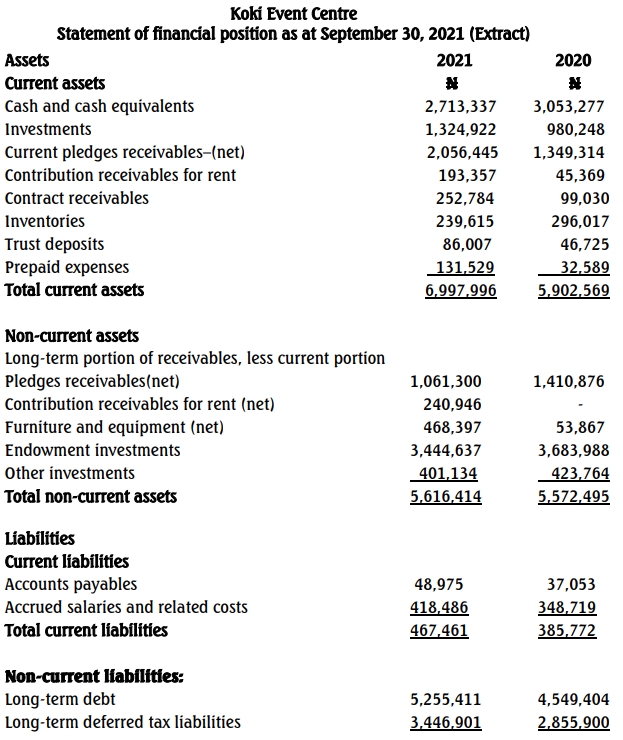- 20 Marks
PSAF – Mar 2025 – L2 – Q5- International public sector accounting standards
Explain major activities of IPSASB to deliver its mandate.
Question
a) The International Public Sector Accounting Standards Board (IPSASB) – formerly the Public Sector Committee (PSC) – of the International Federation of Accountants (IFAC) focuses on the accounting, auditing and financial reporting needs of national, regional, and local governments, related governmental agencies and the constituencies they serve. In 2004, the PSC was relaunched as the IPSASB with revised terms of reference to reflect the Board’s mandate.
Required: (i) Explain the major areas of activities undertaken by IPSASB to deliver its mandate. (ii) Discuss FOUR non-authoritative materials that the IPSASB develops and issues in fulfilling its objectives.
b) Public Financial Management requires regulation within a macroeconomic framework to ensure that public funds are sustainable, reduction of fiscal risk and to support the general economic policy of the Government. In the Government’s quest to realise this goal, the role of the Ministry of Finance and the Bank of Ghana cannot be overlooked.
Required: Explain FIVE roles each of the Minister for Finance and the Bank of Ghana in supporting the general economic policy of government.
Find Related Questions by Tags, levels, etc.
- Tags: Guidance, IPSASB, Public Sector Accounting, Stakeholder engagement, Standard Setting
- Level: Level 3
- Topic: The context of public financial management
- Series: MAR 2025


